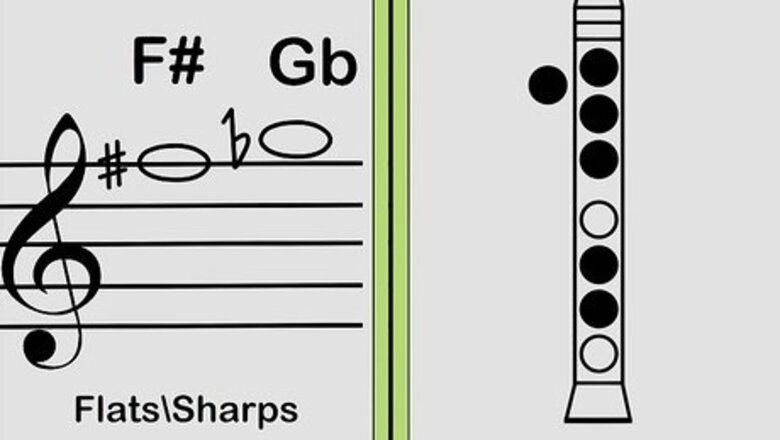
views

Recognize flats and sharps, and understand key signatures. Flats make the notes sound a half step (semi-tone|) lower and sharps make them sound a half step (semi-tone) higher. Study your fingering chart, and refer to it if you come across a note you are not familiar with. Also be aware of notes that have two names -- for example, F# and Gb are the same, G# and Ab, etc. This will be important to know on that harder scales.

Get a feel of how a scale sounds. A good musician can tell if they've played a wrong note immediately, even if they've never played a certain scale before. There's a pattern or half and whole steps that you should be able to recognize without even thinking about it.
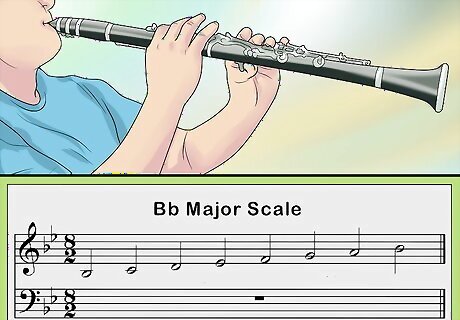
Begin by learning the B flat major scale. Since the clarinet is a transposing instrument, it actually starts and ends on C (to play it one octave, start on below-the-staff C and end on third space C). All the notes in this scale are played natural. This is also a good scale to learn if you're just learning to "cross the break" -- get from the second space A to B natural and above.
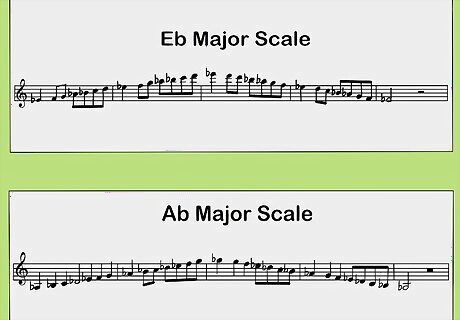
Learn the other "basic" scales (the ones that occur most often in music you will play). These are the Eb scale (starts on F, one flat, the one octave scale is just a matter of lifting fingers), the Ab scale (starts on Bb, two flats), and the F scale (starts on G, one sharp).
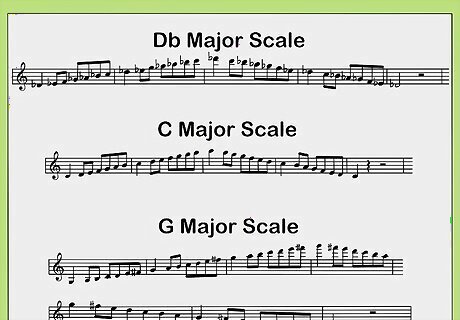
Learn the next few scales, that some directors might call the "intermediate" scales. These scales are often played for auditions, if the requirement is to play 7 scales, so they're important to know. These are the Db scale (starts on Eb, 3 flats), the C scale (starts on D, 2 sharps), and the G scale (starts on A, 3 sharps). Starting to see a pattern here?

Learn the last 5 major scales. These are the most difficult, and they are as follows -- the Gb scale (starts on Ab, 4 flats), the D scale (starts on E, 4 sharps), the A scale (starts on B, 5 sharps), the E scale (starts on F#, 6 sharps), and the B scale (starts on Db, 5 flats).
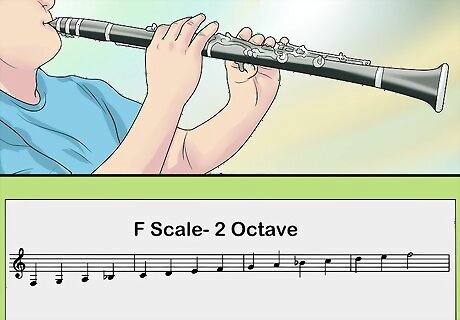
Learn to play scales two octaves. This will definitely increase your chances of doing well in auditions, and is also a good way to work on high notes. Most scales can be played two octaves without any of the highest notes (above-the-staff C# and up), with the exceptions of the C and B scales.
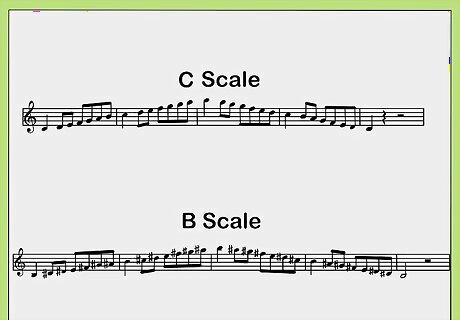
Work on playing them 3 octaves, once you've mastered two. This is a great way to work on the highest notes on the clarinet, and again, octaves make all the difference in auditions. Some scales are very difficult (almost impossible -- that would be the C and B scales) to play a third octave, so it's best to start with the ones that start the first octave the lowest -- the D, Eb E, and F scales.

Learn the chromatic scale. This is also an important part of auditions, and is very useful for getting your fingering chart into your head. A chromatic scale can start on any note, and it covers the whole range. Typically, clarinets start on G, but any note is fine. The scale pattern would be G, G#, A, A# (Bb), B, B# (C), and so on. It's basically just playing every single note on your fingering chart in order. Work on learning this scale 2 and 3 octaves as well. Another common pattern is from E (the lowest note on a standard clarinet) to E 3 octaves higher.
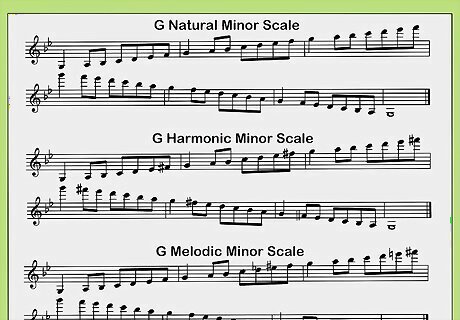
Try different types of scales. Now that you can play all the major scales, try learning natural minor, harmonic minor, and melodic minor scales, or even more obscure scales, like Romani scales. You can also work even more on your major scales by learning scales in 3rds, or purchasing a method book with scale exercises in it.

















Comments
0 comment